1. Cadillac XT5
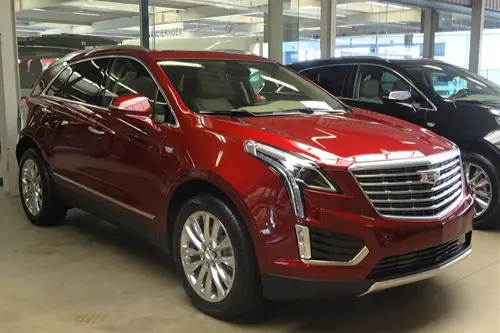
If you’ve ever attempted Cadillac’s Automatic Parking Assist, you quickly realize why people dust off the manual just to get it started. The feature steers, brakes, and accelerates, but prompts like “Shift to reverse” or “Release the wheel” can feel confusing without guidance. Many drivers mis-time their gear shifts and wonder why parking didn’t initiate. Having the manual open helps decode each prompt and avoid aborting the maneuver prematurely.
The XT5’s surround‑view cameras and ultrasonic sensors feed into the assist system, but the timing of visual feedback varies by angle. You need the manual to know when the display means “go” versus “pause.” Some drivers hold the wheel too long and cancel the assist without realizing. The owner’s documentation clarifies what counts as driver input during that critical sequence.
2. Chevrolet Tahoe / Suburban (2025)
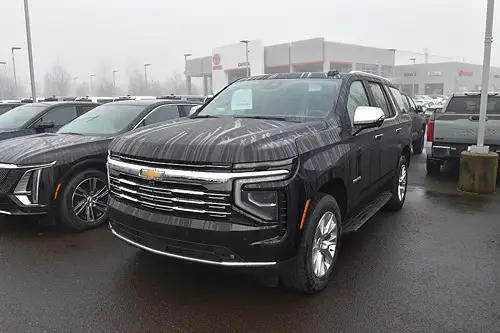
Chevy’s Self Park Assist on the 2025 Tahoe and Suburban tries to take over steering, braking, and gear shifting in tight spots—but it demands strict procedure. Drivers often turn to the manual to follow the exact sequence: press the feature button, wait for spot detection, shift when prompted. Miss any step, and the system simply refuses to engage. The manual saves trial‑and‑error frustration when parking a full‑size SUV in a city space.
Because these SUVs are massive American rigs, the assist needs precise launch instructions to ensure it functions safely. The manual explains how to avoid intervening too soon or gripping the wheel too firmly. Some users report that touching the steering wheel even lightly cancels the procedure. Referencing the guide ensures activation works as intended every time.
3. Cadillac Optiq EV
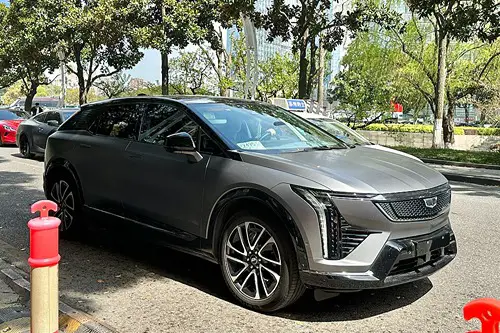
Cadillac’s Optiq EV integrates HD surround vision, reverse braking, cross‑traffic alerts, and park assist that sometimes compete for control of the same sensors. Drivers crack open the manual to understand when the car manages steering versus stopping automatically. Merging reverse auto‑brake with parking assist without confusion requires knowing which system overrides which. Without guidance, users find the car overreacts or aborts mid‑maneuver.
The blue‑highlighted park assist UI overlays camera views, but interpreting the icons takes practice. The manual explains when to trust the car and when to intervene manually. Some drivers start braking manually and the system disengages unexpectedly. Knowing which feature stage you’re in keeps the system cooperation smooth and predictable.
4. GMC Hummer EV SUV (2025)

The Hummer EV SUV’s Automatic Parking Assist includes steering, braking, and automatic gear shifts—it’s like launching an electric tank into a parking spot. Drivers often consult the manual just to remember how to activate it and what prompts it will give. Without that, users pause awkwardly when the car tells them to “release pedal” or “lightly touch wheel.” Having clear instructions helps avoid abrupt stops or aborted parking.
This system also ties into camera‑based hitch guidance, which can confuse the prompts if you’re not careful. The manual clarifies when camera feed shifts from parking mode to hitch setup mode. Drivers learn how to ignore non‑parking alerts during a park assist session. That makes the whole experience smoother, especially in tight garage spaces.
5. Ford Mustang Mach‑E GT
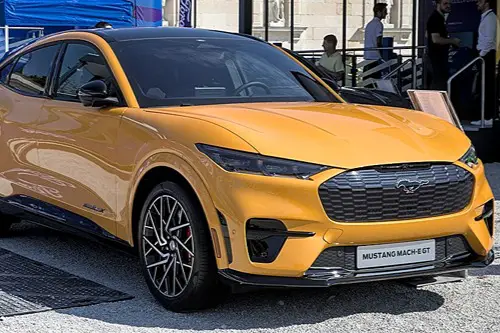
Mustang Mach‑E’s active park assist tries to parallel‑park an electric pony car with sporty dimensions, but the UI chains multiple systems together. Drivers refer to the manual to figure out how the steering assist, braking, and alerts work in sequence. If you start braking while the system is active, it can cancel outright. The instructions help you know when to stay passive and let the car handle steering.
The Mach‑E offers both perpendicular and parallel modes, and the activation button hides in submenus of the digital dash. Users consult the manual just to find where the button lives in each drive mode. They also need to understand which camera view corresponds to which parking type. Knowing that ahead of time avoids mid‑park confusion.
6. Jeep Grand Wagoneer L
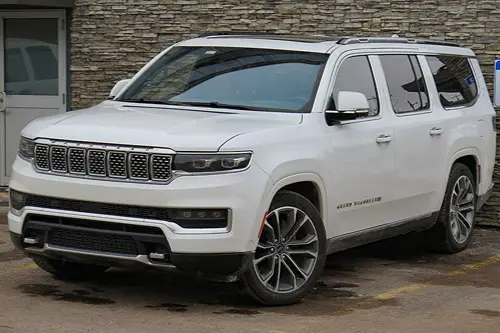
Jeep’s Grand Wagoneer L comes with full‑size luxury tech including park assist that communicates with lane‑keep and adaptive cruise systems. Drivers find consulting the manual helpful to disable conflicting assists during parking. Without that manual guidance, the adaptive cruise system may misinterpret speed or steering inputs during an automatic park. The manual explains how to isolate park assist from other features.
This giant SUV uses multiple ultrasonic sensors and a 360‑degree camera system that constantly overlays feed on the infotainment display. The manual clarifies which view to rely on at each stage of the maneuver. Users often unlock the instructions to verify whether parallel or perpendicular algorithm is active. Knowing everything in advance ensures the large vehicle doesn’t overcorrect mid‑park.
7. Lincoln Nautilus
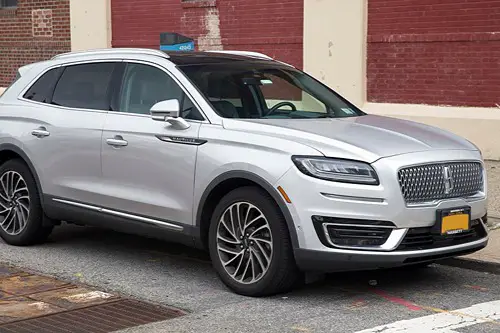
Lincoln’s Nautilus offers Active Park Assist 2.0, combining semi‑autonomous steering and braking. Drivers often open the manual to understand when the system transitions between assist modes. Some confuse the “Steer Assist” and “Brake‑only” modes unless they read the detailed instructions. The guide helps keep track of what to expect when the car starts scanning for spots.
The Nautilus also includes cross‑traffic brake assist that can intervene unexpectedly during a reverse park. The manual explains how to differentiate standard park assist from cross‑traffic braking alerts. Without that clarity drivers may prematurely abort or shut off systems. Knowing the sequence keeps parking smooth and predictable.
8. Chevrolet Blazer EV
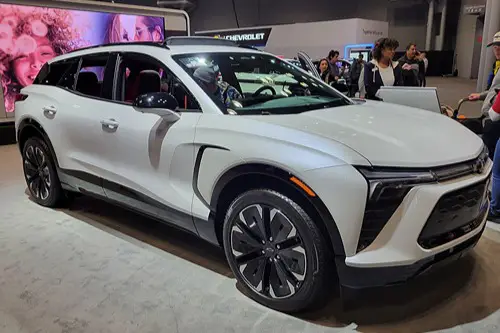
On the Blazer EV, Chevrolet’s Automated Parking Assist is fully hands‑free but only if you follow its scripted process exactly. Drivers consult the manual to confirm how long to hold the button and when to release the wheel. Without that precision, the assist won’t initiate. The cutter‑tight camera views and sensor logic require adherence to steps detailed in the manual.
The system shows live camera views with colored lines—but interpreting green, yellow, or red overlays is still confusing without context. The manual helps define what each color means in relation to distance and trajectory. People often pause when they see yellow and guess wrong about whether to brake. Consulting the guide makes those judgments clearer.
9. GMC Sierra Denali Ultimate (Electric)
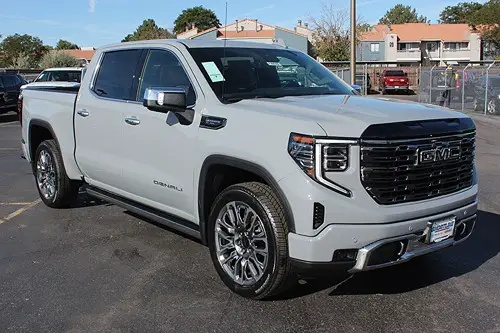
GMC’s Sierra Denali Ultimate EV brings high‑end tech including trailer‑assist and automatic parking that integrates with tow‑mode systems. Drivers need the manual to understand when park assist hands off control to trailer‑guidance sensors. Without instructions, they may accidentally initiate trailer setup instead of parking mode. Keeping the manual handy ensures you pick the correct mode.
The Denali’s park assist also uses ultrasonic sensors mounted low on the bumper that can misread lines or curbs. Drivers open the manual to calibrate expectations based on launch conditions. They learn how sensor-based distance thresholds change on uneven ground. Those specifics make parking more reliable, especially with heavy payload.
10. Ford F‑150 Lightning Platinum
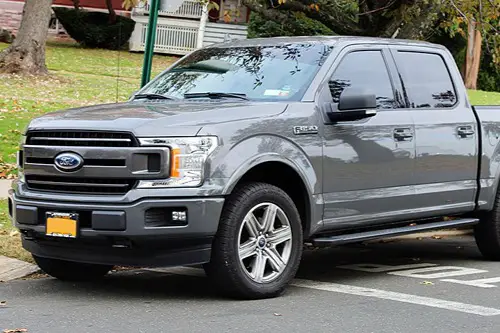
The Lightning’s Pro Trailer Hitch Assist and Active Park Assist functions overlap, demanding clear understanding. Truck drivers consult the manual so they don’t inadvertently engage hitch mode while trying to park. Without reference, you could trigger line‑drawing trailer overlays when you meant to parallel park. The manual separates those features and explains which button triggers which assist.
This full‑size electric truck also includes front and rear sensors that respond differently depending on orientation. The manual details how sensor readings shift between parking vs. hitching phases. Users need specifics like “front ultrasonic gets ignored during hitch setup.” Reviewing that before parking avoids interruptions and false alarms.
11. Lincoln Aviator (plug‑in hybrid)

The Aviator’s Active Park Assist works in concert with hybrid‑specific regen braking and camera previews. Drivers open the manual to know when the car brakes itself or when you should. Since regen braking can feel like a stop even before the assist activates, many think the system is malfunctioning. The guide clarifies the timing of regen versus assist braking.
On top of that, the Aviator includes trailer‑sway and hitch guidance features that can appear mid‑park if sensors detect a trailer hitch. The manual helps you turn off trailer mode so the assist focuses on parking. Users who skip reading the manual end up toggling between unintended features. Understanding how to disable unneeded systems makes the experience smooth.
12. Chevrolet Silverado EV RST Ultra
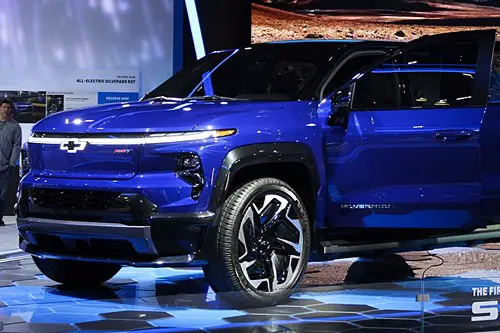
The Silverado EV RST Ultra comes with Super Cruise compatibility and an integrated Advanced Park Assist mode. Drivers need the manual to understand how these high‑speed driving features interact with low‑speed parking assist. Confusion can arise when Super Cruise lane‑keeping remains engaged as you slow into a park. The manual walks users through disengaging cruise before initiating park assist.
Its advanced sensor suite includes lidar and short‑range radar that feed into both highway and parking modes. The manual explains how sensor context switches depending on speed and gear. Failing to follow that guidance can confuse the UI, which expects manual intervention. Knowing which sensors dominate at each stage helps avoid inconsistencies during the maneuver.
13. Ford Expedition King Ranch
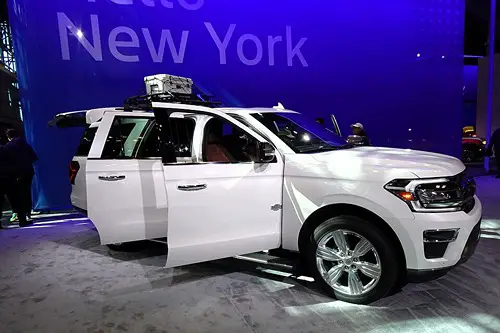
The Expedition King Ranch includes Park Pilot Assist plus trailer‑brake controls and curb‑view cameras. Drivers open the manual to figure out how to disable trailer or brake assist when parking solo. The system otherwise expects trailer connections and may misjudge distances. The manual clarifies how to isolate park assist from towing-related features.
In tight suburban driveways, the Expedition’s curb‑view cameras display mixed angles simultaneously. Drivers need the manual to interpret which view corresponds to which side of the vehicle. Many mistakenly look at the wrong view and misjudge clearance. The manual helps match camera icons to actual position in real life.
14. GMC Yukon Denali (2025)
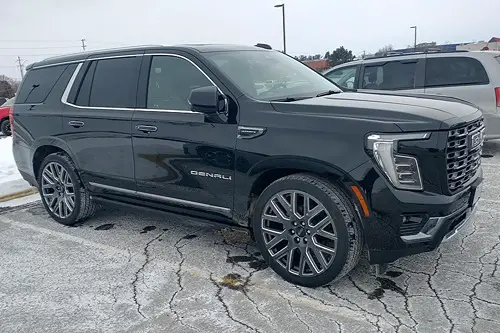
The 2025 Yukon Denali packs Full‑size SUV tech including Trailer Side‑Blind Zone Alert plus Automatic Parking Assist. Drivers consult the manual to deactivate blind‑zone alerts that can hijack sensor readings during park maneuvers. Without that, the assist may pause mid‑scan or refuse to complete. The manual describes how to mute certain alerts temporarily when parking.
The Yukon’s 12‑camera 360‑view system overlays sensors and alerts from multiple active assistance systems. Drivers need to read the manual to know which camera view to trust at each stage. Misreading the split‑screen can lead to oversteering or unnecessary braking. Having clear instructions ensures you pick the correct mode and icon sequence.
This post 14 American Cars With So Many Features, Drivers Needed a Manual Just to Park was first published on American Charm.


